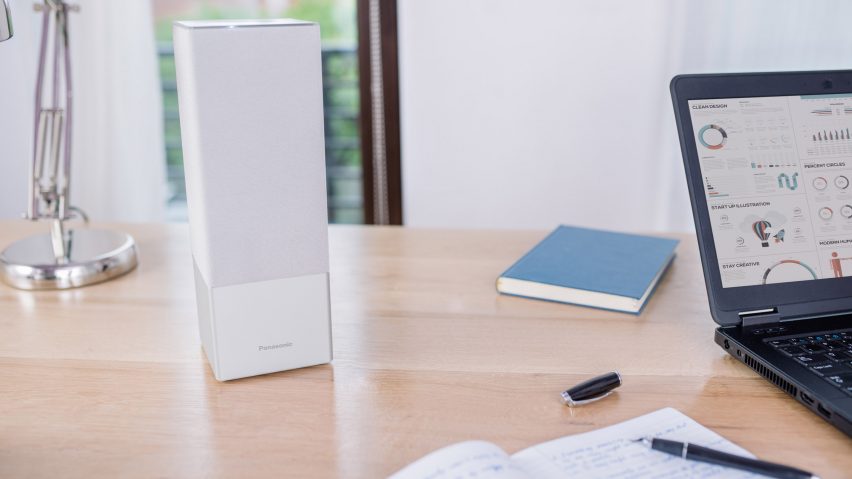
Apple, Google and Amazon unite to make all smart home products talk to each other
Apple, Google, Amazon and the Zigbee Alliance have joined forces to develop a smart-home standard that will mean new devices are likely to be compatible with any of their hubs and voice assistants.
Overseen by the Zigbee Alliance, whose board members include representatives of IKEA, Legrand, NXP Semiconductors, Resideo, Samsung SmartThings, Schneider Electric, Signify (formerly Philips Lighting), Silicon Labs, Somfy and Wulian, the Project Connected Home Over IP initiative aims to create a unified connectivity protocol that is open-source and royalty-free.
The goal is to make it easier both for consumers to build their ideal smart-home environment and also for manufacturers to develop new products.
Aim is to create a standardised system
As it stands, developers need to build integration for Google Assistant, Amazon Alexa, Apple Siri and any smart-home service separately, resulting in a situation where few products are universally compatible.
With a standardised system, the barriers to building and buying such devices should be lowered, and consumers will be able to choose Alexa, Siri, Google Assistant and others according to their preference.
"Technology in everyday homes has evolved since the start of the decade," wrote Google vice-president of engineering Nik Sathe and Google Nest principal engineer Grant Erickson in a blog post announcing the initiative. "Almost every part of the home can be connected to the internet, allowing local or remote control of thermostats, cameras, locks, lights, switches, sensors and even doggy doors."
"While smart home devices are abundant, the lack of an industry-wide connectivity standard leaves people confused and frustrated when trying to understand what devices work with each smart home ecosystem. It also places a heavy burden on manufacturers to make sure all devices are compatible with each other," the post continued.
Draft standard to be published in 2020
The companies have formed an independent working group and aim to deliver a draft standard by late 2020.
The standard will be based on technologies already on the market, including Amazon's Alexa Smart Home, Google's Weave and Thread, Apple's HomeKit and Zigbee Alliance's Dotdot data models, so the companies envision a fast development process.
They will use internet protocol (IP) as the foundation of the standard and will focus on connecting products over wifi to begin with. Support for Bluetooth Low Energy, Ethernet, Cellular and Broadband connections is likely to follow in the future.
The standardised protocol is likely to benefit the smaller players in the market. For smart home products that includes Apple, which only released its HomePod speaker in 2017 and whose HomeKit compatibility only extends to a few hundred third-party devices.
Amazon's Alexa, by comparison, works with more than 100,000 current smart home gadgets.
Architects and designers have been creating a wide variety of connected, smart products. Danish architecture studio BIG recently designed a smart lock, while technology start up Bryte created a smart bed that adjusts throughout the night to help people sleep.
Main image is Panasonic's smart GA10 speaker.